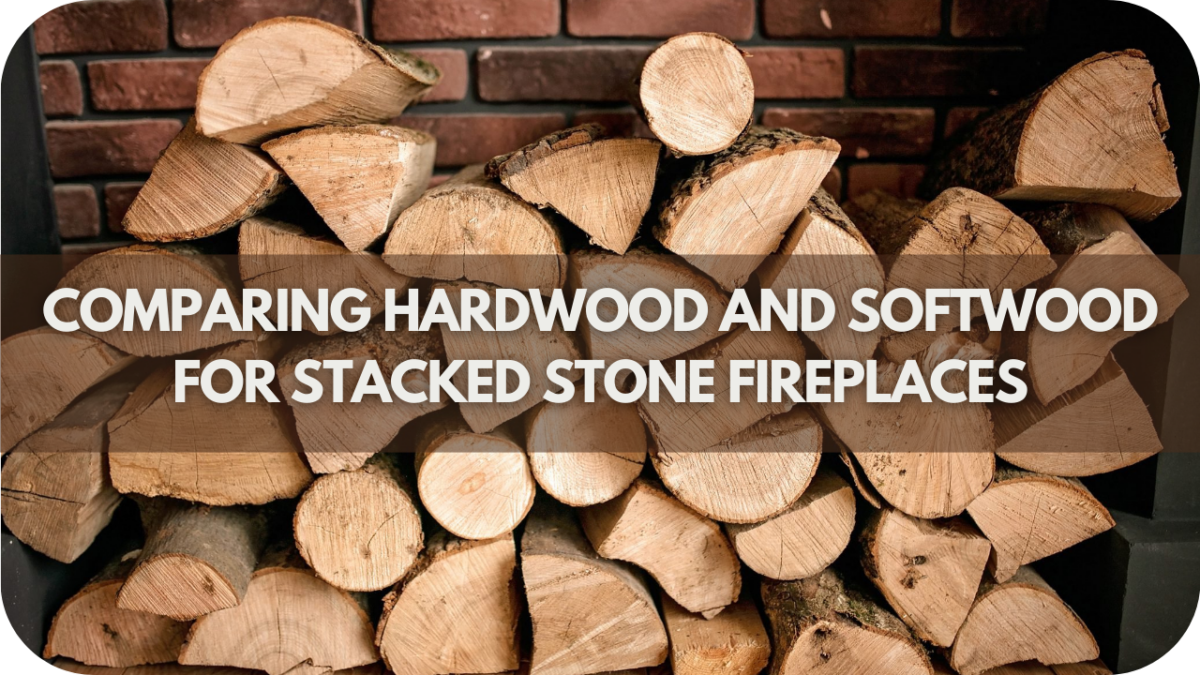While trends come and go, some materials remain timeless. With its luxurious appeal and practical durability, marble has been a symbol of elegance for centuries.
In a world where modern materials often prioritise convenience, marble offers the perfect blend of style and substance.
Whether you want to enhance your home’s aesthetics or add value with long-lasting quality, marble is a versatile and enduring choice. Here are 6 compelling reasons to choose marble for your home.
1. Timeless Beauty

Marble’s timeless beauty is one of the most compelling reasons to choose it for your home. Its natural elegance and unique veining create a stunning visual impact that enhances the aesthetic appeal of any space.
Each piece of marble is a work of art, with distinct patterns and colours that add a touch of sophistication and luxury.
Marble offers various colours and patterns, from classic whites and greys to bold greens, pinks, and blacks. This variety allows you to find the perfect match for your design vision, whether you aim for a traditional or contemporary look.
The unique veining patterns add depth and character, ensuring no two marble installations are identical.
Incorporating marble into your home elevates its aesthetic appeal and adds a sense of permanence and grandeur.
Whether used for flooring, countertops, or feature walls, marble’s timeless beauty makes a lasting impression, creating an elegant and inviting atmosphere.
Choose marble to bring unparalleled elegance and sophistication to your living spaces.
2. Durability and Longevity
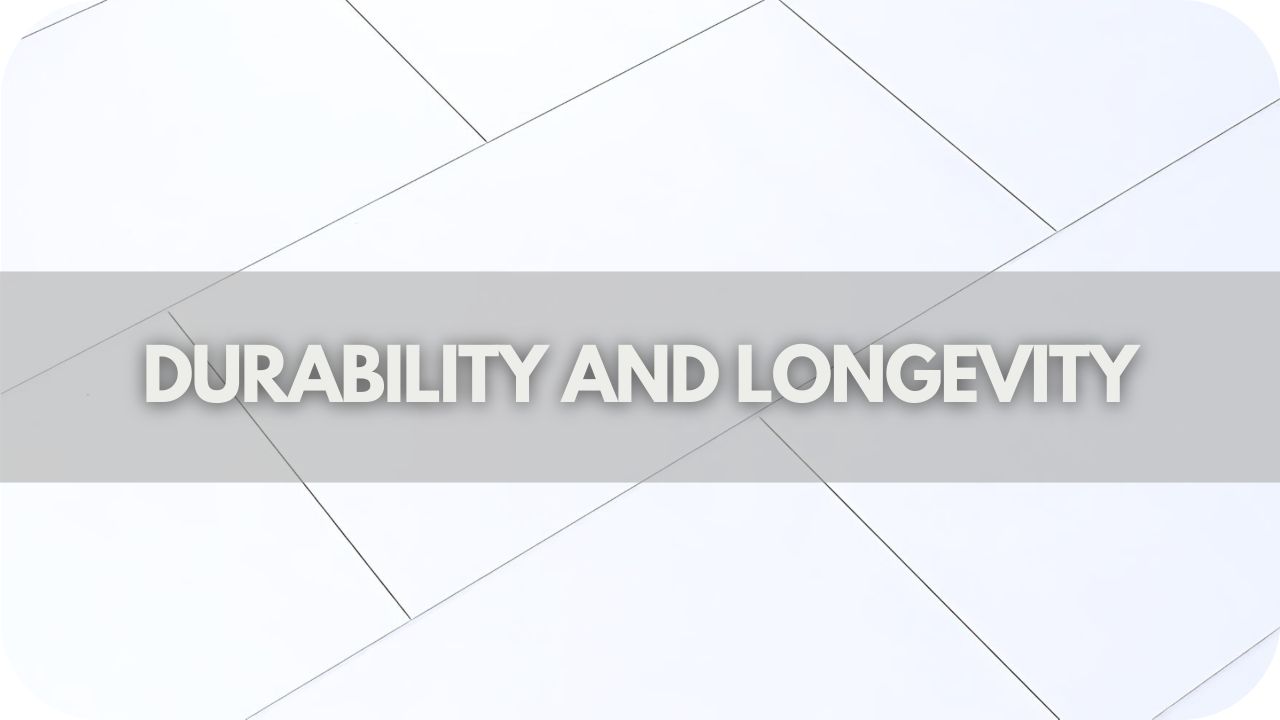
Marble is renowned for its durability and longevity, making it an excellent choice for your home. This natural stone is hard-wearing and resistant to scratches and damage, ensuring it retains its beauty and functionality over time.
Unlike other materials that may wear down or become damaged with daily use, marble withstands the rigours of high-traffic areas, making it suitable for spaces like kitchens, hallways, and living rooms.
Investing in marble is a long-term decision that adds value to your home. Its robust nature means it can withstand the test of time, often looking as good as new for decades.
This longevity makes marble a cost-effective option in the long run, reducing the need for frequent replacements or repairs.
Marble’s resilience doesn’t compromise its elegance; it combines strength with aesthetic appeal.
3. Versatility

One of the marble’s standout features is its versatility, making it ideal for various home applications. It can be used for floors and walls, providing a cohesive and luxurious look throughout your living spaces.
This adaptability allows you to create a unified aesthetic, enhancing your home’s overall design and feel.
Marble complements various interior design styles, from classic to contemporary. Its timeless appeal and natural beauty make it a fitting choice for traditional spaces, while its sleek, polished finishes can add a modern touch to contemporary settings.
The broad spectrum of colours and patterns further ensures that marble can suit any design vision, whether aiming for understated elegance or bold statements.
Additionally, marble offers customisable finishes and treatments. You can choose from polished, honed, or brushed finishes to achieve the desired look and feel.
These options allow you to tailor the appearance of marble to match your specific design requirements, ensuring it seamlessly integrates into your home.
4. Heat Resistance
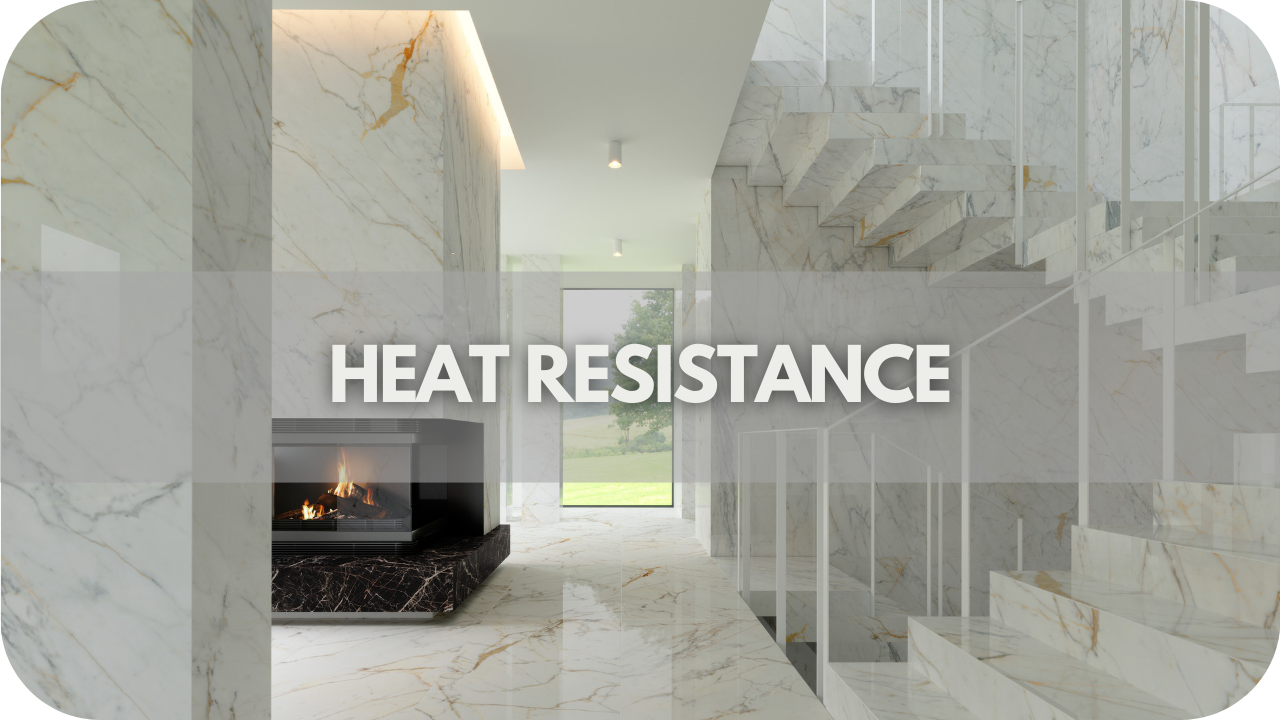
Marble’s heat resistance makes it an excellent choice for kitchens and bathrooms, where high temperatures are common.
In bathrooms, marble’s heat resistance ensures that it remains unaffected by the warmth from hot showers and baths. This property helps maintain its structural integrity and appearance over time, even in environments with frequent temperature fluctuations.
The practical benefits of marble’s heat resistance extend beyond durability. It provides a safe and dependable surface for everyday use, reducing the risk of heat damage from other materials.
Whether you place a hot pan directly on a marble countertop or use a marble vanity in a steamy bathroom, you can trust that the stone will retain its beauty and functionality.
5. Add value to your property

Choosing a marble for your home can significantly enhance its property value. Marble’s timeless appeal and high-end finish make it attractive to potential buyers, often increasing the resale value of your property.
Homes with marble installations are perceived as luxurious and sophisticated, creating a solid first impression that can sway buyer decisions.
Marble’s elegance and durability are key selling points. Potential buyers recognise the value of a material that looks stunning and stands the test of time.
Marble surfaces, whether used for flooring or walls, signal a commitment to quality and craftsmanship, making your home more appealing in a competitive market.
Moreover, marble’s unique veining and natural beauty provide a distinctive aesthetic that sets your home apart. This perceived luxury can lead to higher offers from buyers who appreciate marble’s added value and exclusivity.
6. Easy Maintenance
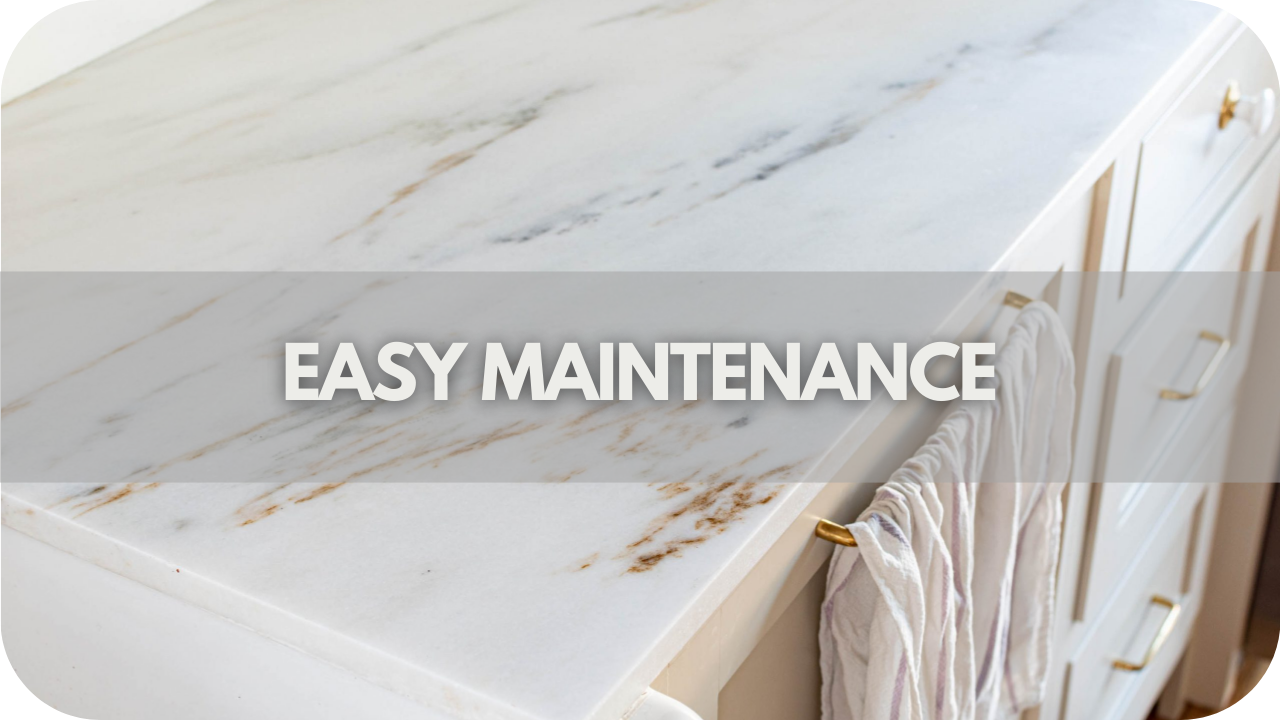
Marble’s easy maintenance is a significant advantage for homeowners. Simple cleaning and care routines keep marble looking pristine without much effort.
Regularly wiping down surfaces with a damp cloth and mild detergent is usually sufficient to maintain its natural shine and beauty.
Avoiding harsh chemicals ensures the longevity of the marble’s finish.
Marble is also resistant to allergens and bacteria, making it a hygienic choice for households. Its non-porous surface prevents the accumulation of dust and allergens, contributing to a healthier living environment.
This quality is particularly beneficial in kitchens and bathrooms, where cleanliness is paramount.
Additionally, sealing marble can provide extra protection against stains and spills. Periodically applying a high-quality sealant creates a barrier that enhances the stone’s resistance to liquids and other potential contaminants.
This step further simplifies maintenance, ensuring that your marble surfaces remain beautiful and durable over time.
7. Customisable Options
One of marble’s unique advantages is its versatility in customisation. While many think of marble as a single material, it comes in various finishes that can be tailored to suit your design preferences. Polished marble is the most common, offering a smooth, glossy surface that reflects light and gives your space a high-end, luxurious feel.
For those seeking a more understated look, honed marble provides a matte finish that reduces glare and adds a soft elegance to any room. Additionally, you can customise the edge profiles of marble countertops and surfaces.
Whether you prefer the smooth curves of a bullnose edge or the crisp lines of a bevelled or straight edge, marble allows you to achieve the desired look. This customisation ensures that marble can seamlessly integrate into any design style, whether modern, traditional, or somewhere in between.
8. Natural Light Reflection
One of the marble’s less obvious but incredibly beneficial qualities is its ability to reflect natural light. When polished, the marble’s surface becomes highly reflective, helping to bounce light around the room.
This can be particularly useful in smaller spaces or rooms that lack abundant natural light. By incorporating marble, you can make these areas appear larger, brighter, and more inviting.
The reflective quality also enhances the stone’s beauty, showcasing its natural veining and adding depth to the space’s overall aesthetic.
Rooms with marble floors, countertops, or even accent walls can benefit from a light-enhancing effect, creating a more open and airy atmosphere throughout your home.
9. Eco-friendly Material
Marble is an environmentally friendly choice for homeowners committed to sustainable living. Unlike many synthetic materials requiring significant chemical processing, marble is a natural stone quarried directly from the earth with minimal alterations.
The process of extracting marble involves far less energy and fewer resources compared to producing man-made materials like concrete or porcelain.
This reduced energy consumption leads to a smaller carbon footprint, making marble an eco-conscious option for your home. Moreover, marble is biodegradable at the end of its lifespan, meaning it will naturally return to the earth without releasing harmful chemicals or pollutants.
Another critical aspect of marble’s sustainability is that many suppliers follow ethical quarrying practices, ensuring the stone is responsibly sourced. These practices not only preserve natural landscapes but also support local economies.
10. Cool to the Touch
One of the marble’s standout features is its ability to stay cool to the touch, providing a unique comfort that other materials struggle to match.
This natural coolness is particularly beneficial in warmer climates, where maintaining a comfortable indoor temperature can be challenging.
Marble’s ability to remain cool even during the hottest days offers a refreshing contrast underfoot, making it ideal for flooring in living rooms, kitchens, and bathrooms.
The stone’s natural thermoregulation properties also help reduce the need for excessive air conditioning, contributing to lower energy consumption and utility costs.
Whether used in flooring, countertops, or wall cladding, marble’s cooling effect enhances comfort and introduces an element of luxury into your home.
11. Hypoallergenic
Marble is also an excellent choice for maintaining a healthy home environment, especially for those who suffer from allergies. Its smooth, non-porous surface naturally resists the accumulation of allergens such as dust, pollen, and pet dander.
This makes marble floors, countertops, and surfaces particularly beneficial for households with family members prone to respiratory issues or allergies. Since marble doesn’t trap these common irritants, it improves air quality throughout your home.
Moreover, the natural resistance to bacteria growth makes marble a hygienic choice for kitchens and bathrooms, where cleanliness is essential. Spills and stains are easy to clean on marble, and its impervious surface prevents moisture absorption, reducing the risk of mould and mildew formation.
Uses for Marble in the Home
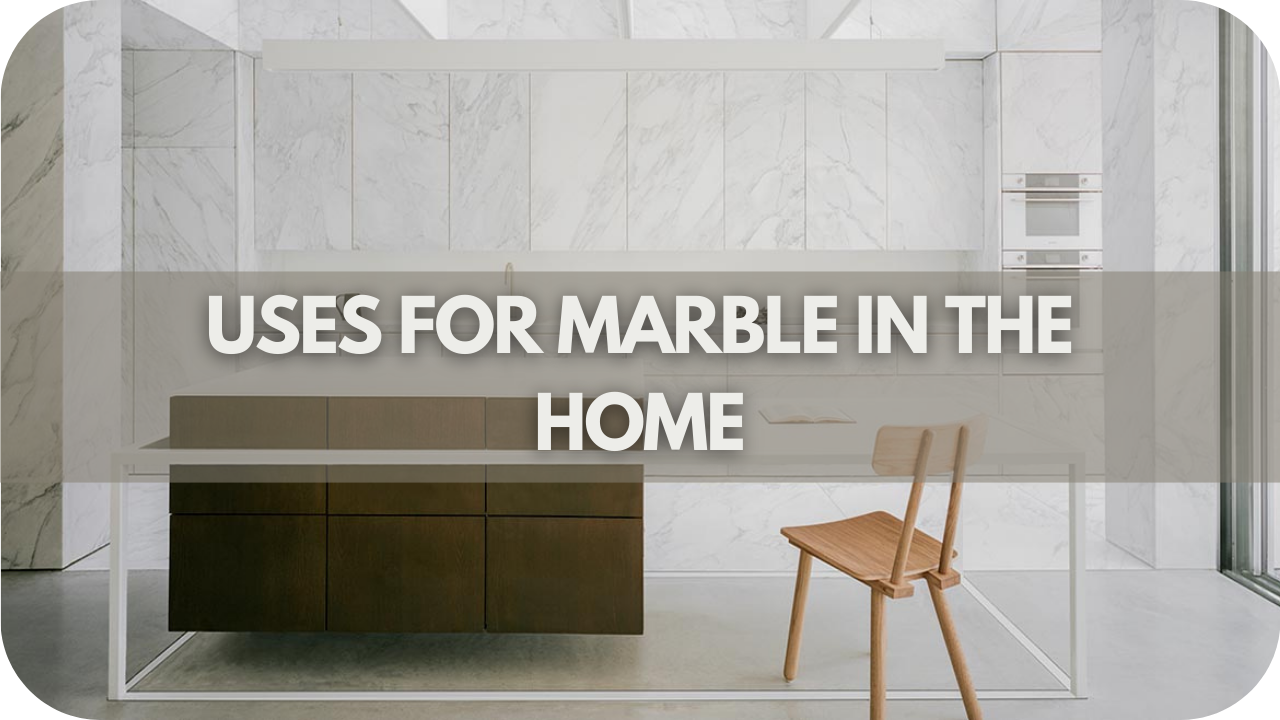
Step beyond the traditional and explore how marble can redefine your living spaces. This natural stone offers beauty and durability, from luxurious cladding to practical flooring. Learn to introduce marble into your home for a perfect blend of elegance and everyday functionality.
1. Flooring
Timeless elegance meets durability with marble flooring, making it a standout choice for high-traffic areas. Its ability to handle constant footfall makes it perfect for entryways, hallways, and living rooms.
Have you ever noticed how certain flooring can transform a space? Marble’s reflective quality enhances natural light, brightening the room and creating a more expansive feel. Occasionally, kitchens and bathrooms benefit from marble flooring due to its resistance to water and heat.
Choosing between a polished, glossy finish or a more understated, matte look offers versatility in style. Installing this type of flooring guarantees a blend of sophistication and longevity with minimal upkeep.
2. Cladding
Interior walls come alive with marble cladding, providing a touch of grandeur to any space. Using it on feature walls can create dramatic focal points in living rooms or entryways. Have you considered cladding your outdoor areas?
Marble is also perfect for exterior walls, delivering visual appeal and durability against the elements. Occasionally, it’s chosen for bathrooms or kitchens to achieve a sleek, contemporary feel.
Selecting cladding with natural stone patterns and veining ensures a unique design with every installation. Marble cladding offers style and strength for a home that speaks luxury.
3. Fire Surrounds
A marble fire surround radiates sophistication, instantly transforming the heart of any room. When paired with marble, fireplaces take on a new charm and elegance. Have you considered making your fireplace the centrepiece of your living area?
A marble surround can effortlessly accomplish that. Occasionally, intricate details are added to the fire surround to elevate its design further.
Since marble resists heat, it’s as functional as beautiful, ensuring safety and aesthetics. Choosing a marble fire surround perfectly blends luxury with practicality for a stunning focal point that draws attention.
4. Kitchens
Marble’s durability and natural beauty benefit kitchen countertops. Opting for marble in this high-use area adds style and provides a heat-resistant surface ideal for cooking.
Have you considered how a marble kitchen island can elevate your kitchen design? Its excellent surface makes it especially popular for baking enthusiasts, perfect for rolling dough or preparing pastries.
Occasionally, marble backsplashes create a seamless, polished look, blending function and elegance. With the ability to withstand daily wear and tear, marble countertops offer long-lasting sophistication to any kitchen.
5. Outdoor Spaces
Marble can transform patios and garden paths, extending luxury from the indoors to outdoor living areas. When used outside, marble enhances the natural beauty of your landscape while offering durability against the elements.
Have you considered marble for your outdoor kitchen or dining area? It’s an ideal choice, resisting heat and weather while maintaining its aesthetic appeal. Garden features such as fountains or benches occasionally incorporate marble, blending seamlessly into the natural environment.
6. Bathrooms
Marble in bathrooms is an easy way to add luxury and sophistication. Whether used for vanities, shower surrounds, or flooring, marble transforms these everyday spaces into something exquisite. It’s also moisture-resistant, making it a practical choice for areas that experience high humidity.
Have you ever considered how a marble countertop can enhance the look of your bathroom? Its smooth surface looks great and is easy to clean, keeping your space pristine. Homeowners occasionally use marble for bathroom walls, creating a seamless, spa-like atmosphere.
The natural veining in marble adds a unique touch to every bathroom, ensuring no two designs are identical. By choosing marble, you provide your bathroom remains timeless and functional for years.
Conclusion
Marble offers timeless beauty, durability, versatility, heat resistance, property value enhancement, and easy maintenance.
Consider marble for your next home improvement project to transform your space elegantly and practically. For expert advice and top-quality services, consult Splendour In Stone Melbourne today. Elevate your home with the luxury of marble.


